Have you ever heard an email marketing tip that sounded too good to be true? Due to the popularity of email marketing, there are tons of studies on the best and worst ways to optimize your campaigns. In this article, we will reveal the top 7 email marketing myths that you shouldn’t believe.
1. Consumers have too many emails already!
This is by far one of the most commonly heard email marketing myth. The truth is that 60% of people receive less than 6 emails per day from trusted brands. Out of those people, 40% of them received less than 3 emails!
If you think consumers have too many emails already, then think again.
2. Send your emails on Thursdays at 3pm!
How many times have you heard people suggesting the best days and times to send your emails? Thursdays at 3 p.m seems to be the new top time.
The problem of following the newest “best” time to send your email is that everyone else is also sending their email during that time.
Combine that with the fact that 85% of people open their emails 2 days after they receive it really makes you question the validity of all the said “best times”.
Not to mention that only 21% of purchases happen within 2 days of opening the email whereas 32% of purchases occur after 2 weeks.
The best time really varies based on your list, so do your own test to find the best results.
3. Stop sending to inactive users after 6 months
You may have been encouraged to keep a clean list and to purge all of your inactive subscribers. The question is, “When is a user considered inactive?” and “When should inactive users be removed from an email list?”
Studies show that 20% of “inactive” users will open your emails after 6 months, so it is a good idea to hold off on email list purges and patiently persist in your email marketing…at least you should wait more than 6 months before purging your list.
Often it’s a good idea to ask the “inactive” users to update their preferences in exchange for a reward (coupon, giveaway, etc).
4. Consumers are quick to hit the SPAM button on your emails
The term SPAM is a common word of fear when it comes to email marketing. Being flagged for sending spam can put a serious roadblock on your email marketing strategy.
But fear not because less than 0.05% of people will hit the spam button! That’s less than 1 person per 2,000 emails!
So what? As long as you are providing helpful, informative content, you are unlikely to be flagged for spam. If you are flagged? Immediately address the issue and stop sending that person emails.
5. Sending more emails result in more emails being ignored
“Insanity is when you continue doing the same thing over and over, expecting a different result,” is how the saying goes. But this saying doesn’t apply to email marketing.
Every email is a new opportunity to present something different and catchy to your readers.
In fact, sending 4 emails in a month has been shown to DOUBLE the number of customers who will open at least one email, therefore leading to higher opportunities for conversions and revenue!
6. Email subject lines? Shorter is always better!
Have you ever been frustrated with Twitter’s 140 character limit? Most people have. Sometimes a thought, idea, or quote cannot be contained in such a limited space and maintain its force.
In a similar sense, email subject lines are not “one size fits all”
While less than 60 characters in a subject has been shown to increase your open rate, research has shown that subject lines with 70 characters or more will likely increase your click-through rate!
And since the ultimate goal is for conversions, perhaps you should give more helpful details in your subject line.
7. Some words cause your email to go straight to SPAM
There are no such thing as subject line “spam words” when it comes to how internet service providers (ISPs) label emails as spam.
Many words such as “free”, “affordable”, and “best rates” can be used legitimately.
In fact, a study of over 540 billion emails reveal that spam words like “free” or “affordable” have little to no impact in causing emails to end up in the junk folder.
Meaning? If you have something free to offer, then tell your customers!
Final Thoughts
Email list strategies varies based on different set of audiences. The best way to determine how your subscribers react to your subject lines, what their click-through rate is, etc.
While you may have heard it said before, we will continuously hammer home this point: SPLIT TEST as much as you can!
Want to avoid spambots signing up to your email list? Check out this post to learn how to add reCaptcha to your optin forms!
We hope this article helped debunk the 7 most popular email marketing myths that you should ignore when looking to optimize your marketing campaigns.
Source: Alchemy Worx


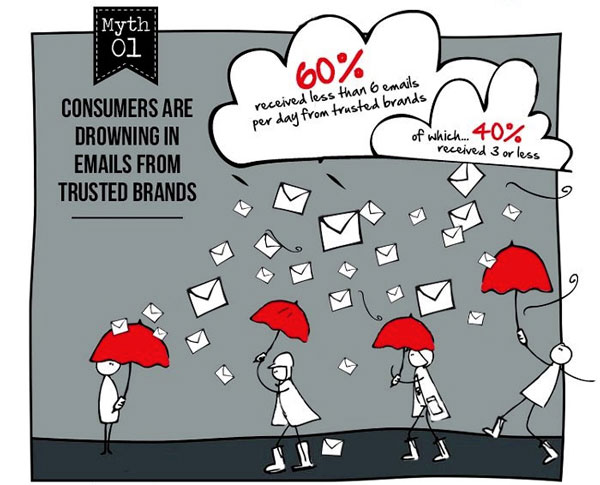

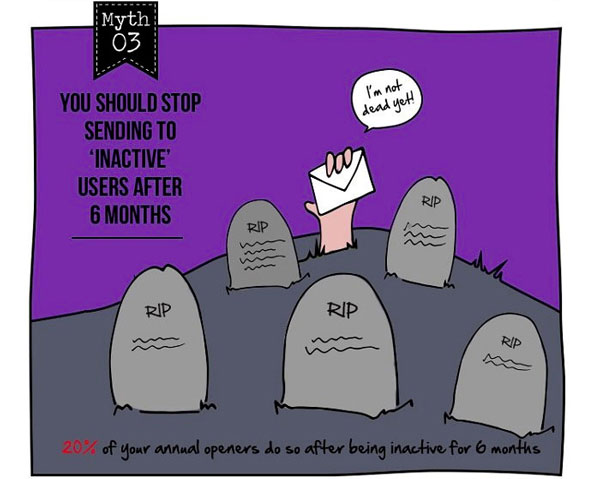
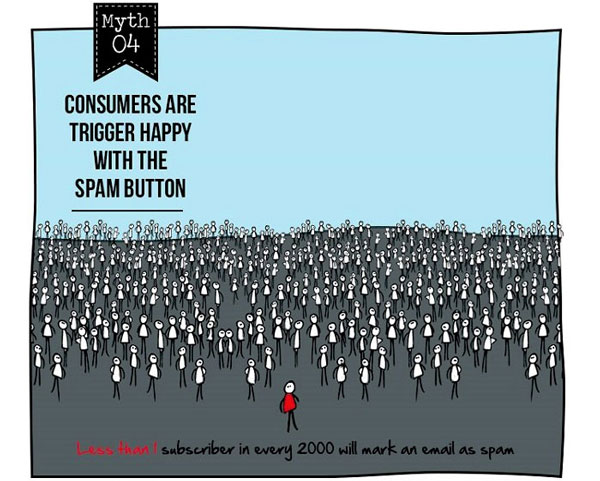
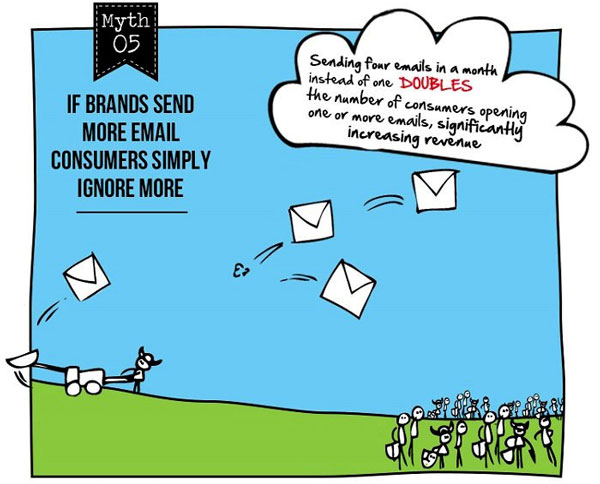
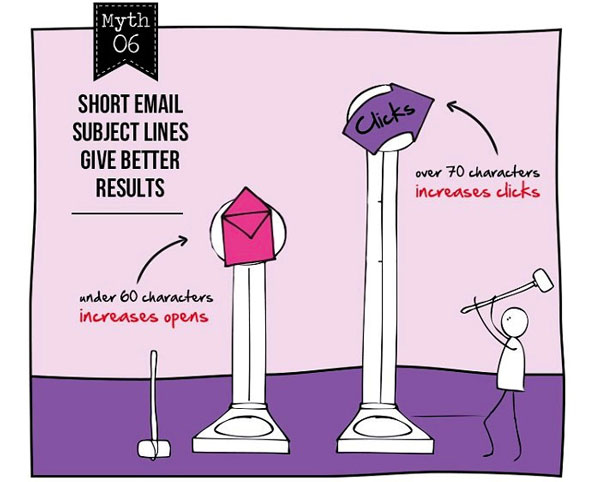
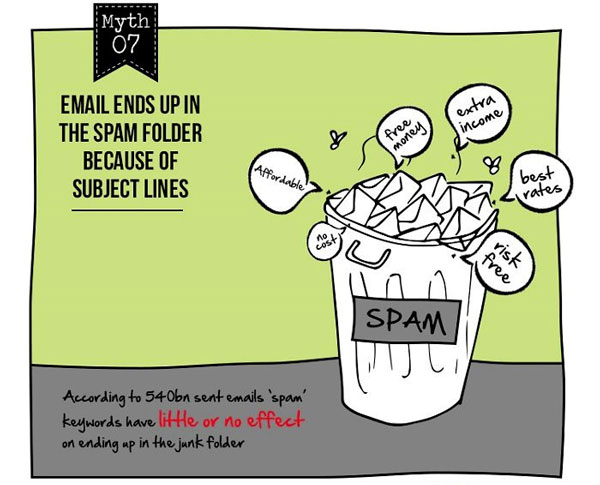








Add a Comment